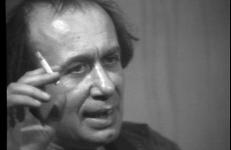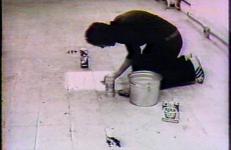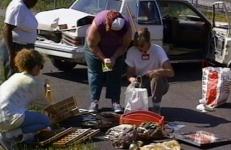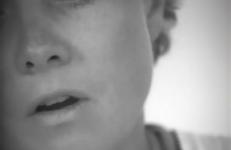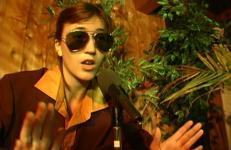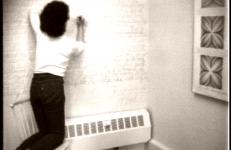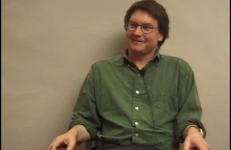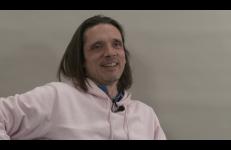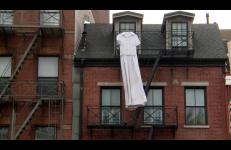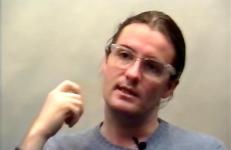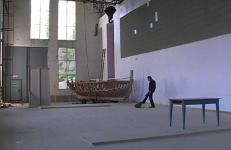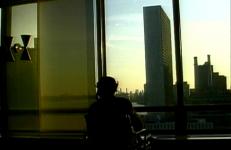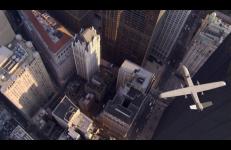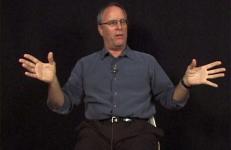A wide-screen video diptych of scenes shot during two different periods in Moscow––old footage from 1990 and newer from 2009. There's no linear narrative as the "story" is told principally in the juxtaposition of the two images of the city with this almost 20yr gap. It runs 31 minutes as a single screening, but it is meant to be seen as an installation since its visual theme, from an American perspective, is the recurring cycle of Russian upheaval. It is also principally a "fractal" piece, meaning that its story is replicated in every scene.
–– Ken Kobland






